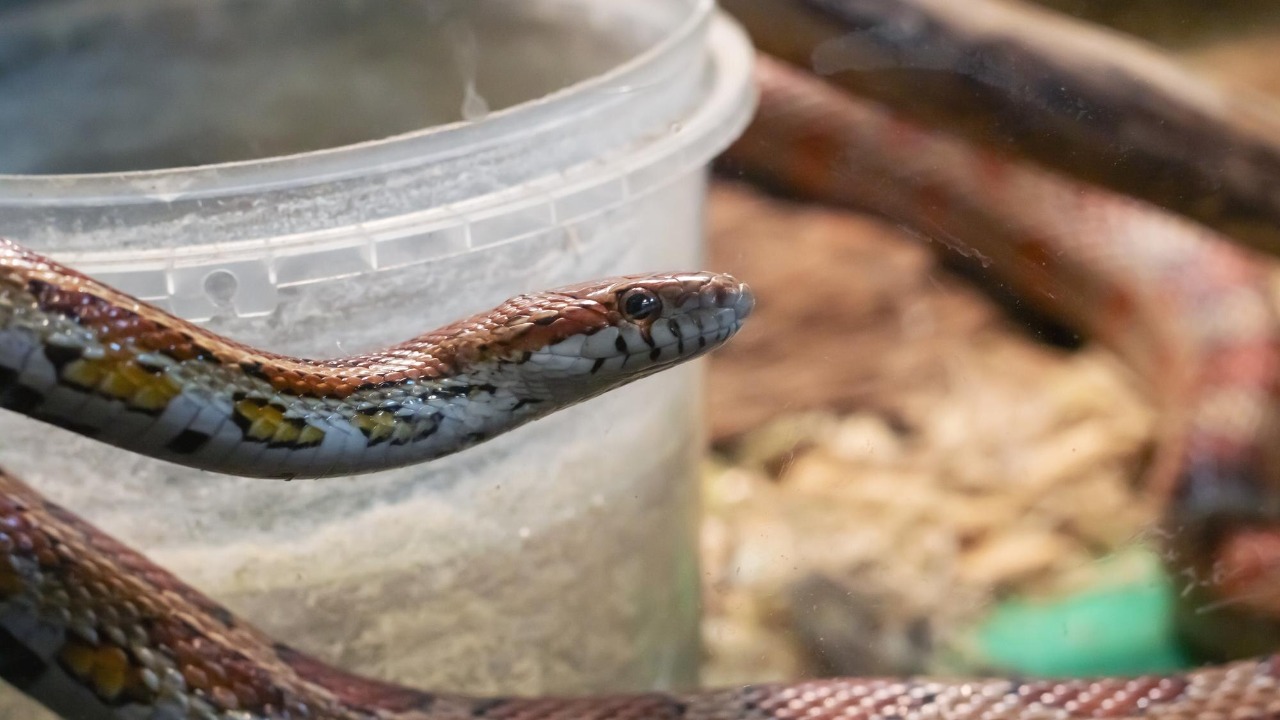
Scientists at the University of Oklahoma have made a groundbreaking discovery in the field of snake antivenom. They have developed a novel antivenom using antibodies derived from llamas, specifically targeting rattlesnake venom. This innovative approach, leveraging the unique immune response of llamas, could revolutionize treatment for snakebite victims, particularly in regions like the American Southwest where rattlesnake bites are a common occurrence.
The Traditional Challenges of Snake Antivenom Production
Conventional antivenoms, typically made from horse or sheep serum, have several limitations. They often pose risks of allergic reactions and require large volumes of animal blood, making the production process both inefficient and ethically questionable. The current methods involve injecting animals with venom over a period of months, leading to concerns about animal welfare and scalability of production.
Moreover, the global statistics on snakebite incidents underscore the urgency for innovation in this field. Every year, over 5 million people worldwide suffer from envenomations, making the development of more effective and accessible antivenoms a pressing public health issue.
Why Llamas? The Biology Behind the Choice
Llamas possess a unique antibody structure, producing single-domain nanobodies that are smaller and more stable than those found in horses or humans. This makes them an ideal choice for the development of antivenom. Their robust immune systems and prior success in generating antibodies for other diseases, such as COVID-19, further support their selection for this purpose.
The research team at the University of Oklahoma decided to immunize llamas with Mojave rattlesnake venom. This resulted in the production of targeted nanobodies that are effective against the neurotoxins found in rattlesnake venom.
Developing the Llama-Derived Antivenom
The process of developing the llama-derived antivenom involved immunizing llamas with purified venom extracts. Following this, blood was collected from the llamas to isolate the nanobodies. Lab techniques such as phage display were used to screen and refine the antibodies for potency against specific rattlesnake species.
The project was spearheaded by Dr. Timothy J. Smyth, who began this innovative work in 2023. The collaboration with his team at the University of Oklahoma has been instrumental in the successful development of this novel antivenom.
Testing and Efficacy Results
Preclinical trials have shown promising results. The llama-derived nanobodies were able to neutralize venom in mice within hours, outperforming traditional antivenoms by a factor of 10 in terms of speed. In vitro tests confirmed the antivenom’s activity against venoms from multiple rattlesnake subspecies, including the Western Diamondback.
Lead author Dr. Smyth has expressed optimism about the potential of these nanobodies. “These nanobodies represent a game-changer for antivenom accessibility,” he stated, emphasizing the potential for scalability of this approach.
Potential Applications and Future Directions
The technology used to develop this antivenom could potentially be extended to create antivenoms for other snakes, such as vipers found in Africa or Asia. This could address a significant market need for more effective treatments, as current antivenoms are only 70-80% effective.
There are also advantages in terms of production. The nanobodies could be mass-produced using yeast or bacteria, significantly reducing costs from over $1,000 per dose. Human trials are projected to begin in 2026, with the potential for fast-tracking by the FDA due to the publication of the study in the Toxins journal on October 29, 2025.
Ethical and Environmental Implications
Compared to traditional methods, the production of llama-derived antivenom requires fewer animals, leading to higher yields. This approach aligns with animal welfare standards and offers sustainability benefits, as it avoids the need for large-scale farming of horses.
Furthermore, the potential for cheaper production could have significant implications for global access to antivenom. In underserved areas like rural India, where snakebites result in approximately 50,000 deaths annually, this could be a life-saving development.
More from MorningOverview